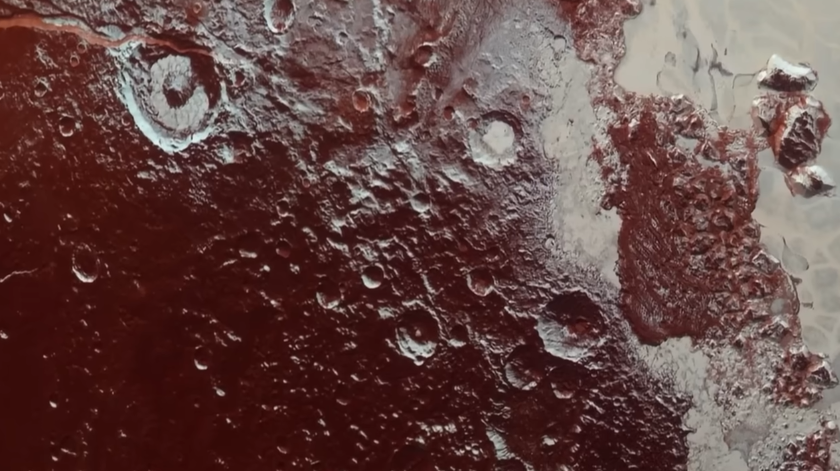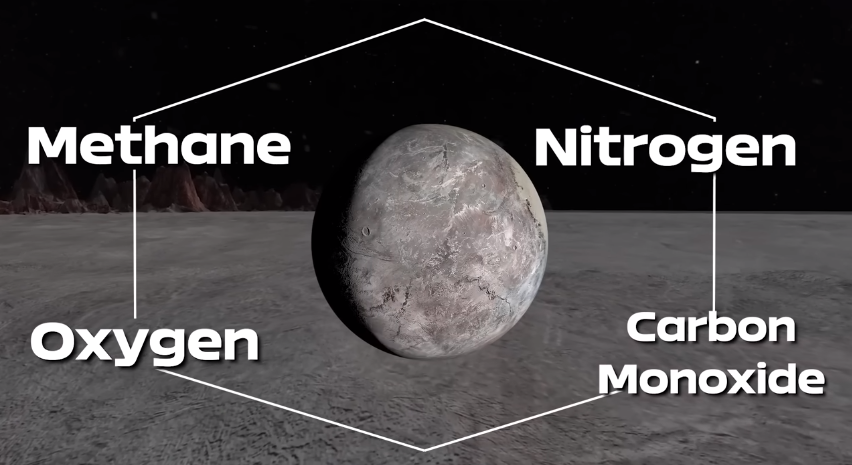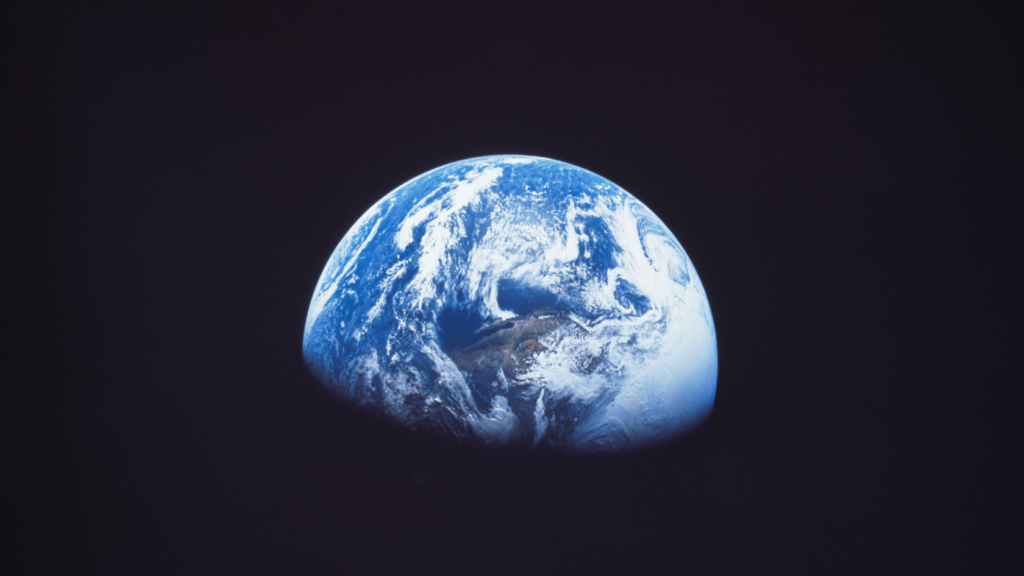On February 18, 1930, in a dark corner of our solar system, an astronomer discovered a planet next to Neptune, which he named Pluto. It was a planet where the light of our Sun can hardly reach that planet and from that planet our Sun appears as a bright star. Pluto means The Greek God.
Pluto
On February 18, 1930, American Astronomer Miss Clyde William Tombaugh discovered Pluto and named it Miss Venetia Burney. Pluto is smaller than our Earth’s moon. Pluto was thought to be a planet, but that all changed when scientists first saw images of Pluto from New Horizons in July 2015.

Scientists were surprised to see these pictures when they saw that a planet so far away from the sun that even the sunlight does not reach, with a temperature of -200 degrees A, the surface of that planet is similar to the surface of our earth. .
Surface of Pluto
Scientists were surprised that Pluto has mountains and valleys, seas and lakes just like our Earth. Seeing all this, the scientists did more research then they understood that it is not a big deal to have all this on Pluto. but how!

Now, looking at this picture of Pluto, what do you think this ice is made of? Of course water, no, this iceberg is made of methane. Which is an organic compound. Now the question is what is in its atmosphere.

Methane, Nitrogen, Oxygen, Carbon Monoxide in Pluto’s atmosphere. Due to these four gases, the atmosphere of Pluto gives a blue color like the atmosphere of our earth.
Red Surface on Pluto
When scientists checked the surface images of Pluto in more detail, they found evidence that the ocean existed in a liquid form on Pluto’s surface.
How could there be a liquid ocean on a planet where sunlight would hardly reach it because the temperature of Pluto’s surface is below -200. The answer is in the pictures you see below.
Two Image Heart and Whale
How water can be in liquid form at such a low temperature is the reason for Pluto’s red surface. After the release of the first image of Pluto, the shape of the heart region on Pluto became the defining feature of Pluto, but right next to the heart region of Pluto filled with frozen nitrogen, there is another mysterious region on the surface of Pluto, which scientists named this region, Red Whale.

Astronomers have done various researches to solve the mystery of these mysterious places. In these researches, he discovered a theory. In which it was stated. That when the solar system was being formed, a massive object must have collided with Pluto due to the force of this impact, so much thermal energy would have been released that it would have melted the ice there and turned it into a liquid water ocean. From this, it is known that when our earth was beginning, meaning when volcanoes were raining on earth from space, water was present on Pluto in liquid form.
Why Pluto Surface is Red?
Now the question comes here that if Earth’s ocean is blue today, why did Pluto’s ocean give Pluto’s surface a red color? Even today, there are many debates in the scientist community regarding this mystery. If this debate is to be ended soon, then we need more pictures and samples of Pluto, which obviously only a rover or a human can go there and collect. The mission will take 9.5 years to reach Pluto. If an astronaut reaches the surface of Pluto, the temperature of Pluto’s surface is -200 degrees A due to the high hydrogen present in Pluto’s surface, so that poor astronaut will be suffocated.
So it was discovered by Dr. Yasuhito Sekine, a professor at the University of Tokyo. They experimented on some molecules by heating them for several months, which found the reason behind it. The reason behind this was when Pluto’s oceans would have formed then it would have been quite warm due to the impact.
Dr Yasuhito Sekine used some molecules that could be present in Pluto’s ocean. By continuously heating these molecules for a few months, it was found that their color had also become the color of Pluto’s surface. This experiment was successful. So that was clear Pluto’s surface may contain organic molecules.
Now here organic molecules means organic molecules are the building blocks of life! So now the question arises whether life can exist on Pluto because there is an ocean there, organic molecules are also there and its atmosphere is very similar to Earth. Scientists are researching the answer to the question whether there is life on Pluto.
Pluto Moon Form
The same impact that formed Pluto’s ocean also formed Pluto’s moon. Now a surprising thing here is that the planet whose size is smaller than our earth’s moon has five moons of its own. It is a big deal if such a small planet has even one moon, but it has five moons. Among them, Pluto’s largest moon is Charon. It is half the size of Pluto. Which is why Pluto and Charon are tidily locked to each other. Now they have a side effect due to tidily lock as Pluto and Charon revolve round the center of Mars. This is why Charon and Pluto are called the Double Planet System.
Pluto was Moon
According to a new research, Pluto’s life began not as a planet but as a moon. Astronomers say that when planets were forming in our solar system, Pluto used to be a satellite moon of Neptune. And at that time Pluto used to orbit around Neptune. One theory says that during the formation of the solar system, a massive planet passed around Neptune, the gravitational force of the same planet removed Pluto from the orbit of Neptune, after which the Sun gave Pluto an orbit in its round rotation. Now, how true and how wrong this theory is, proofs are still being collected.
Can we Survive on Pluto in the Future?
Can we build human colonies on Pluto like Mars and Europa? Yes, of course. But before that we have to solve a problem that how to generate power there. Being so far from the sun, another way of generating thermal and solar energy from the sun has to be found. There is a way to generate energy by using the water in Pluto’s underground ocean in the future.
If we are patient here, we will not need to take the tension of low temperatures. After some 5 billion years, when the Sun will consume Earth, Mars, Mercury and Venus and become much larger in mass than today, the temperature of the Sun will increase along with its size. Due to which the temperature of Pluto’s surface will be 26 degrees, which is perfect for humans to live. And at the same time, Pluto will be the last stop to exit our solar system.

